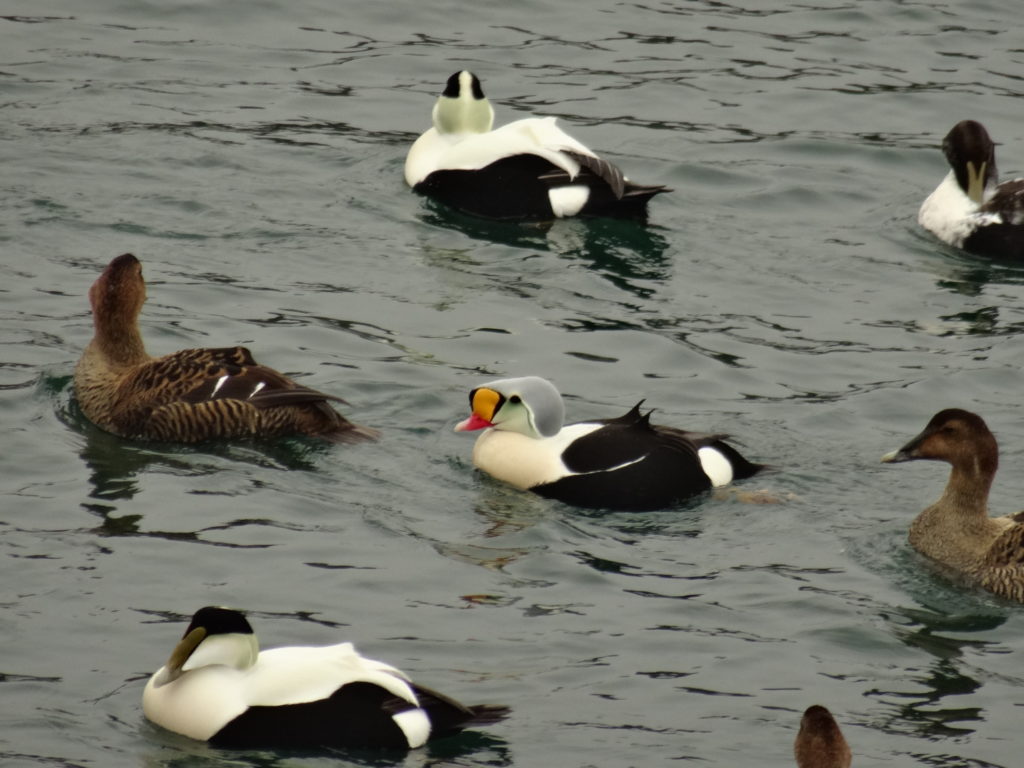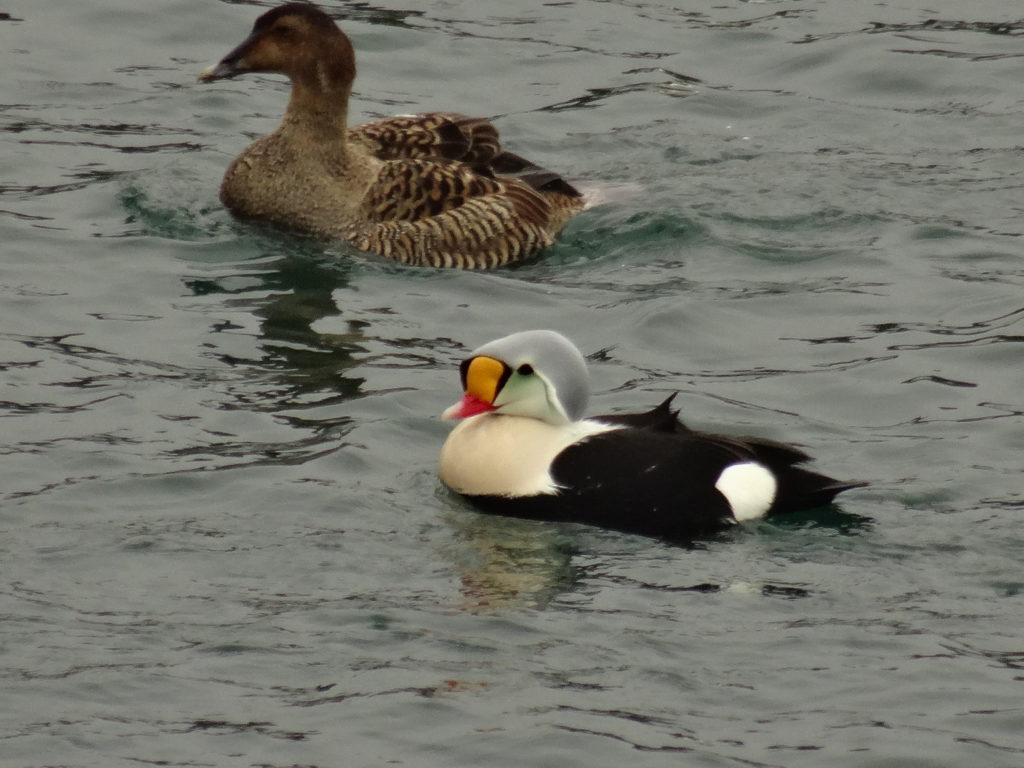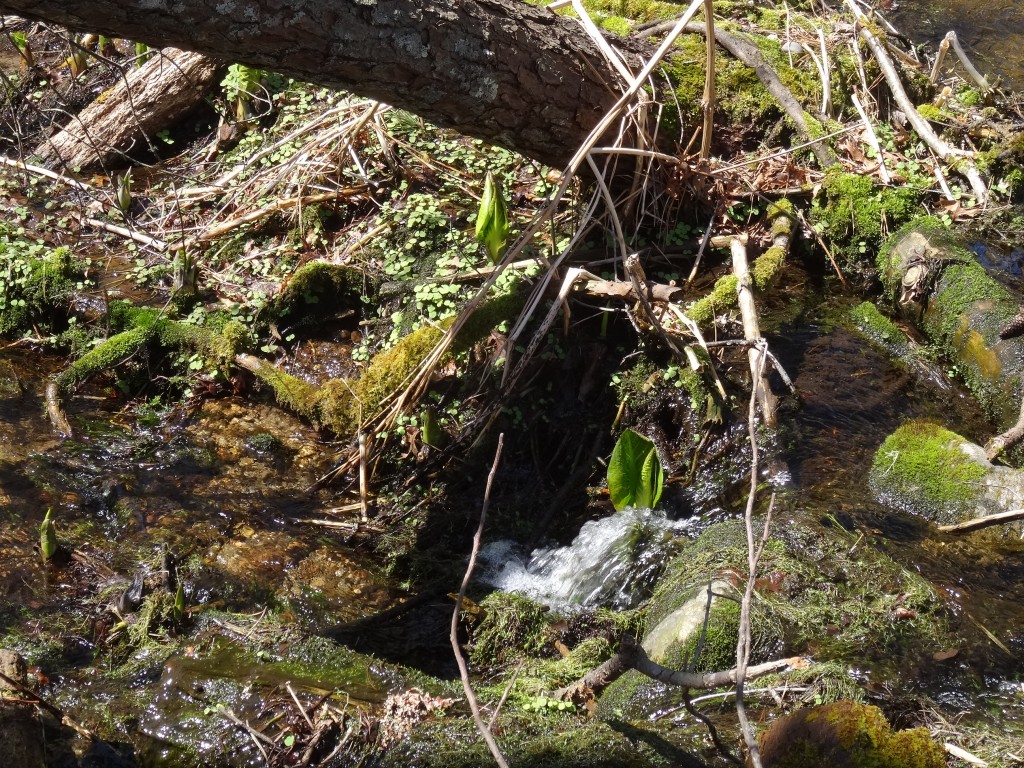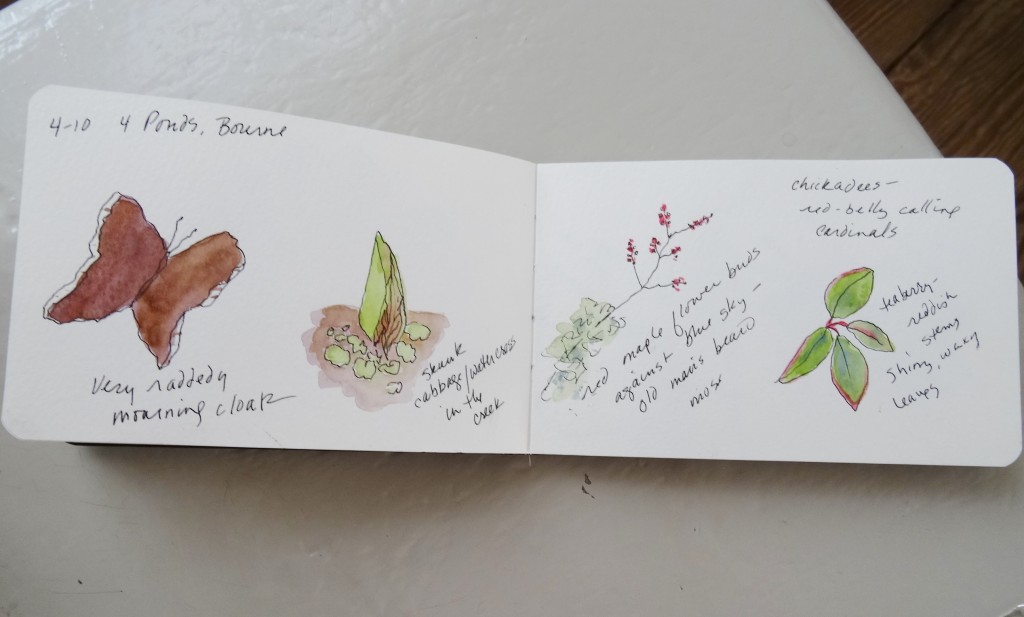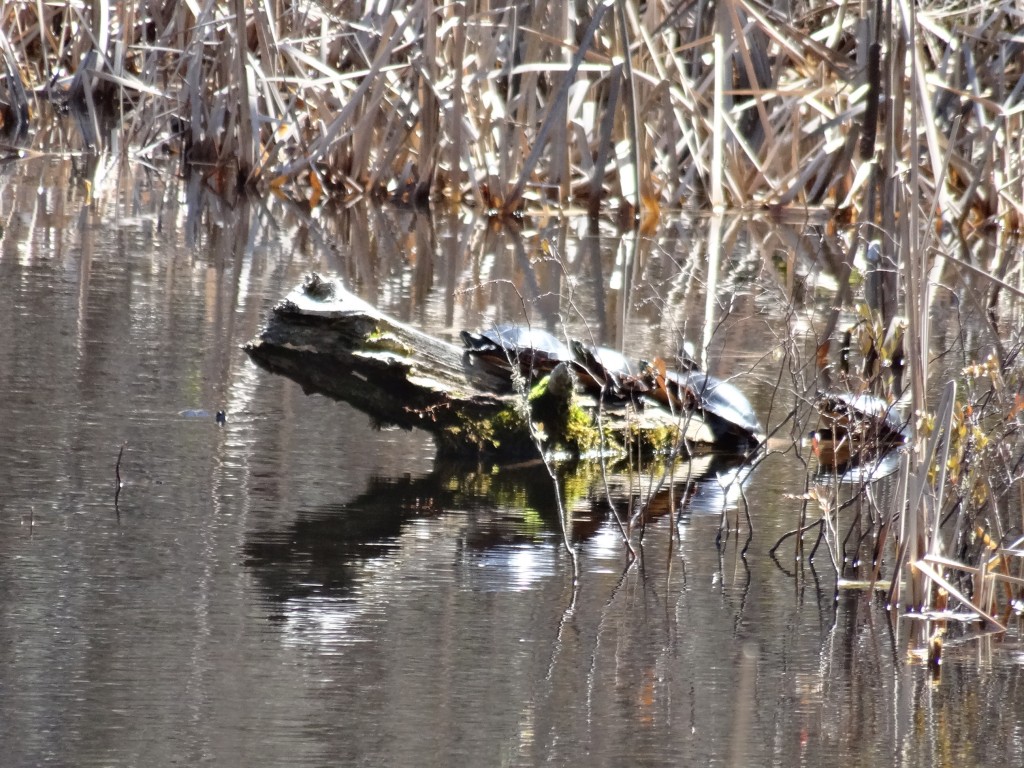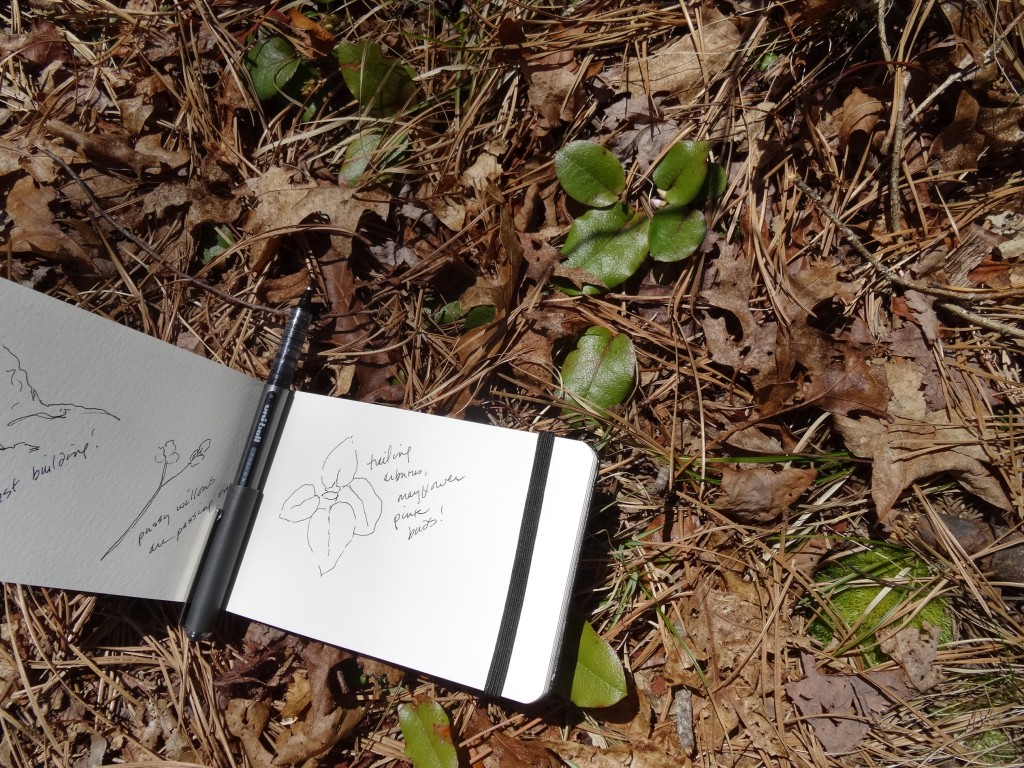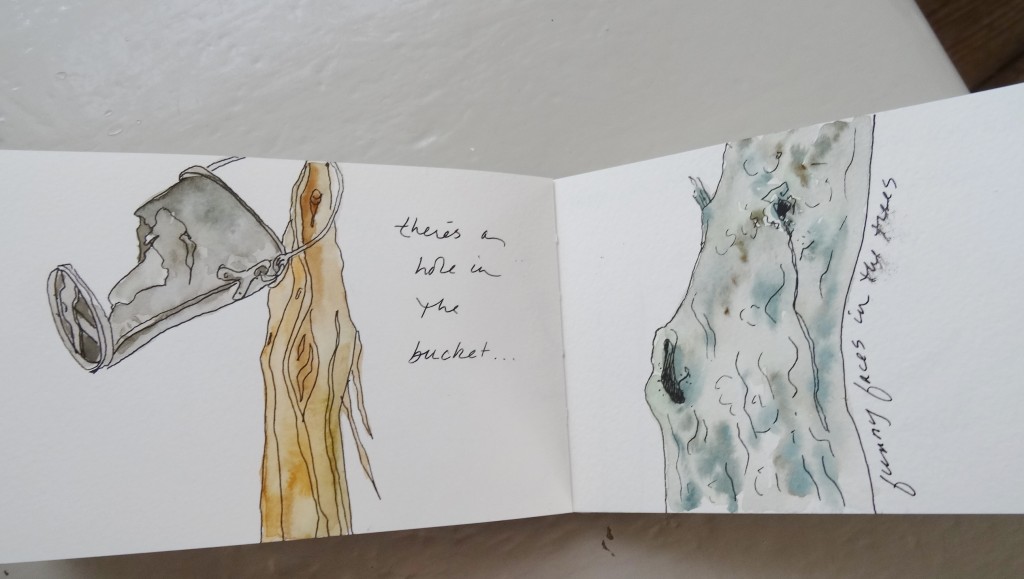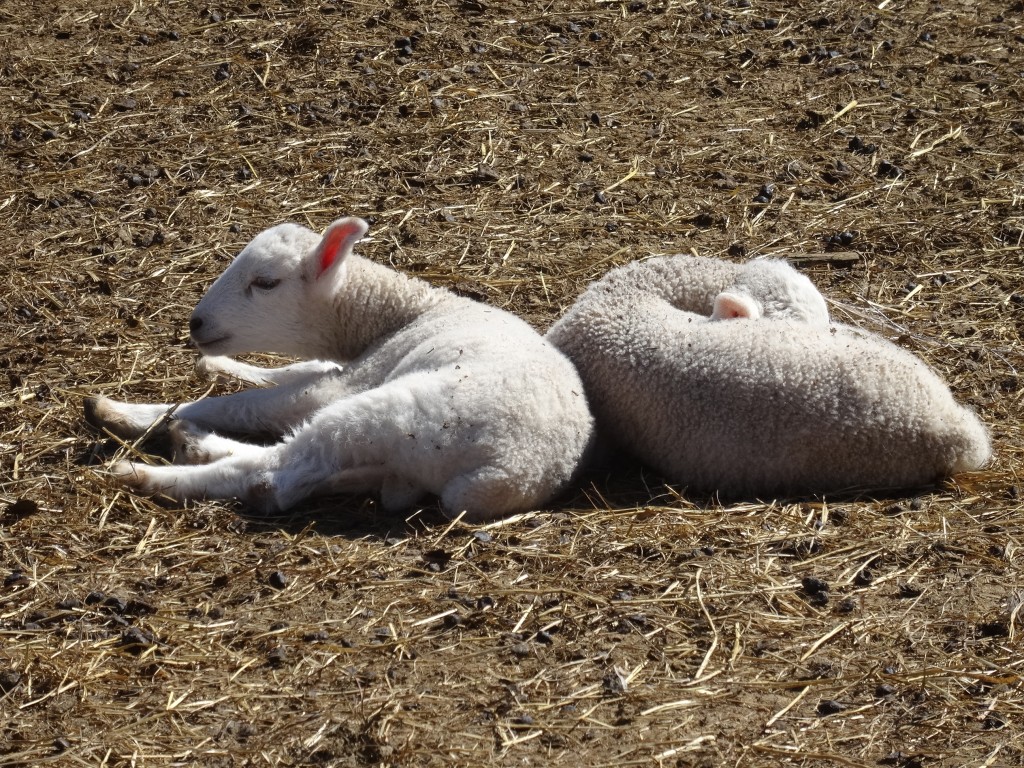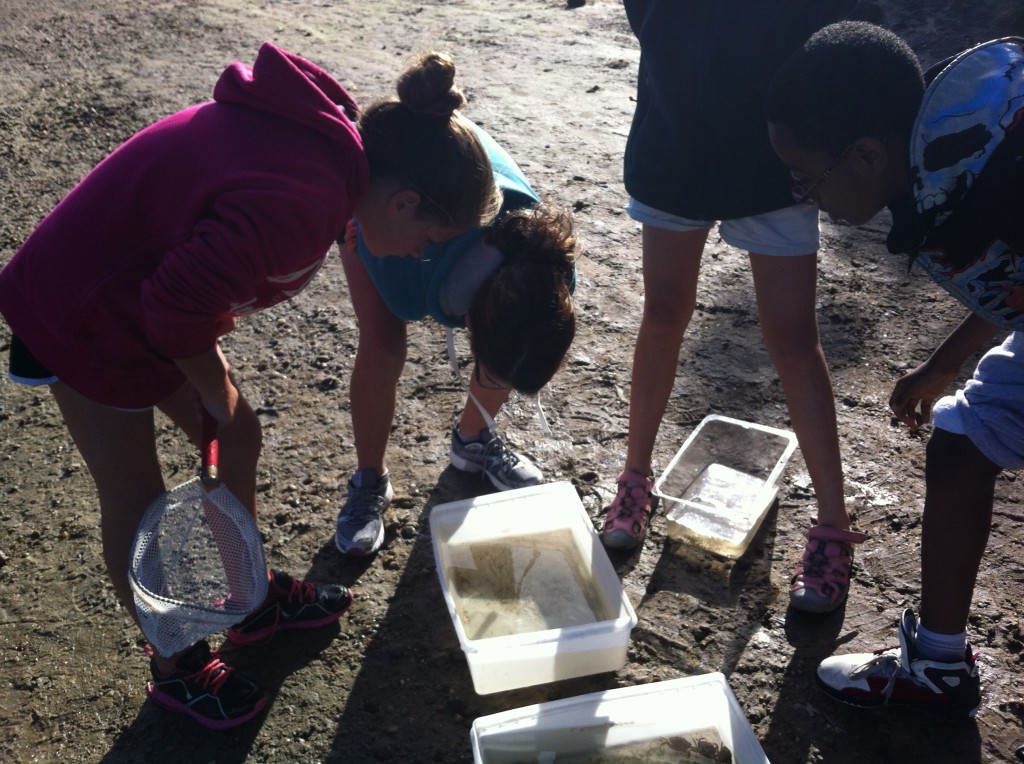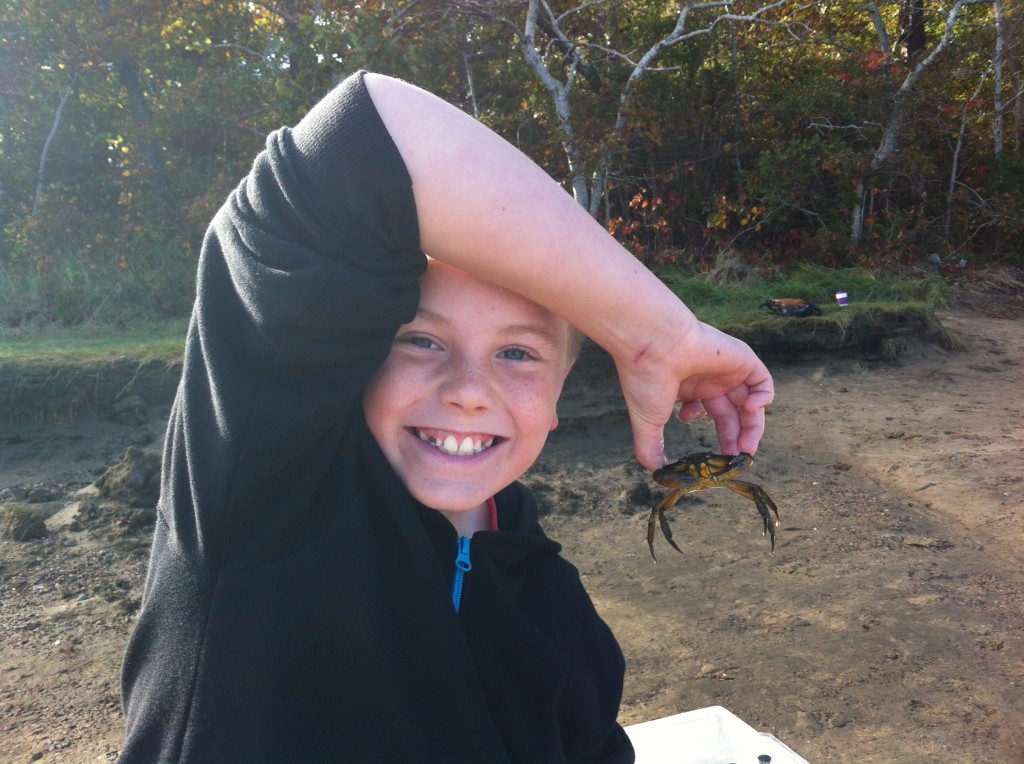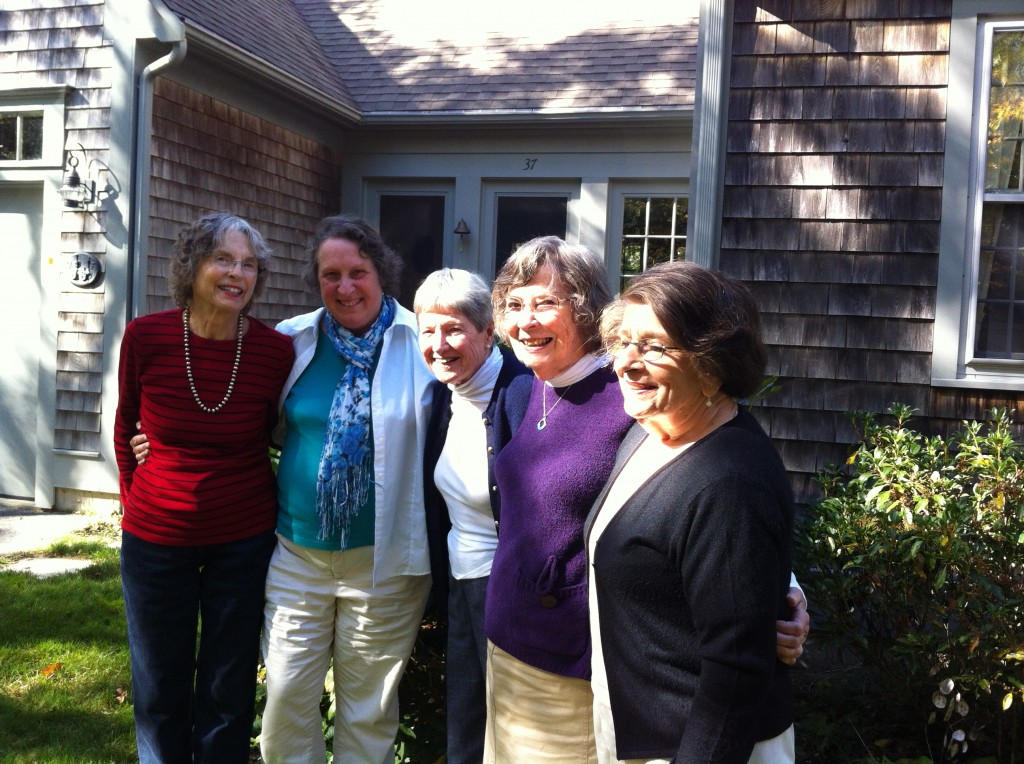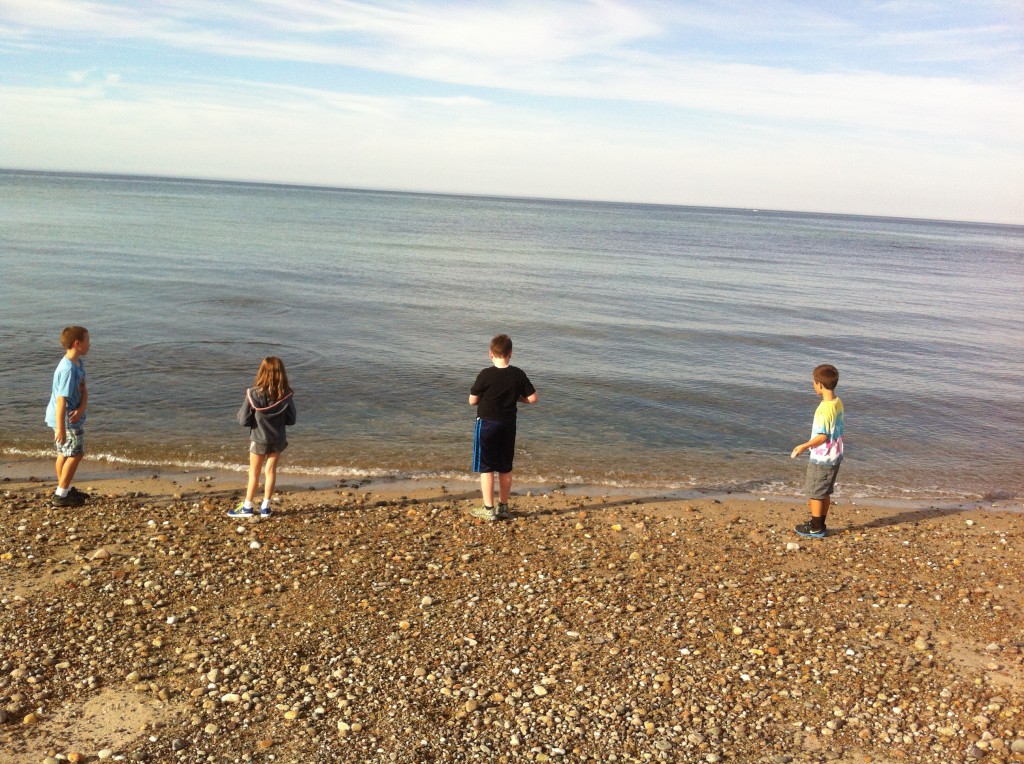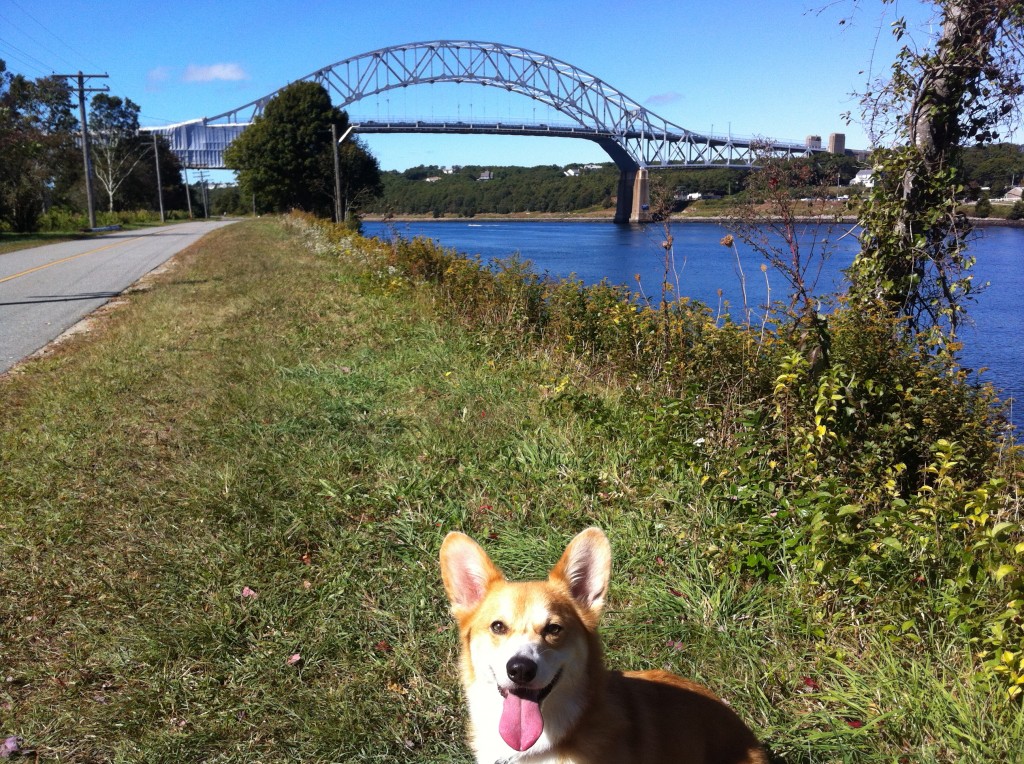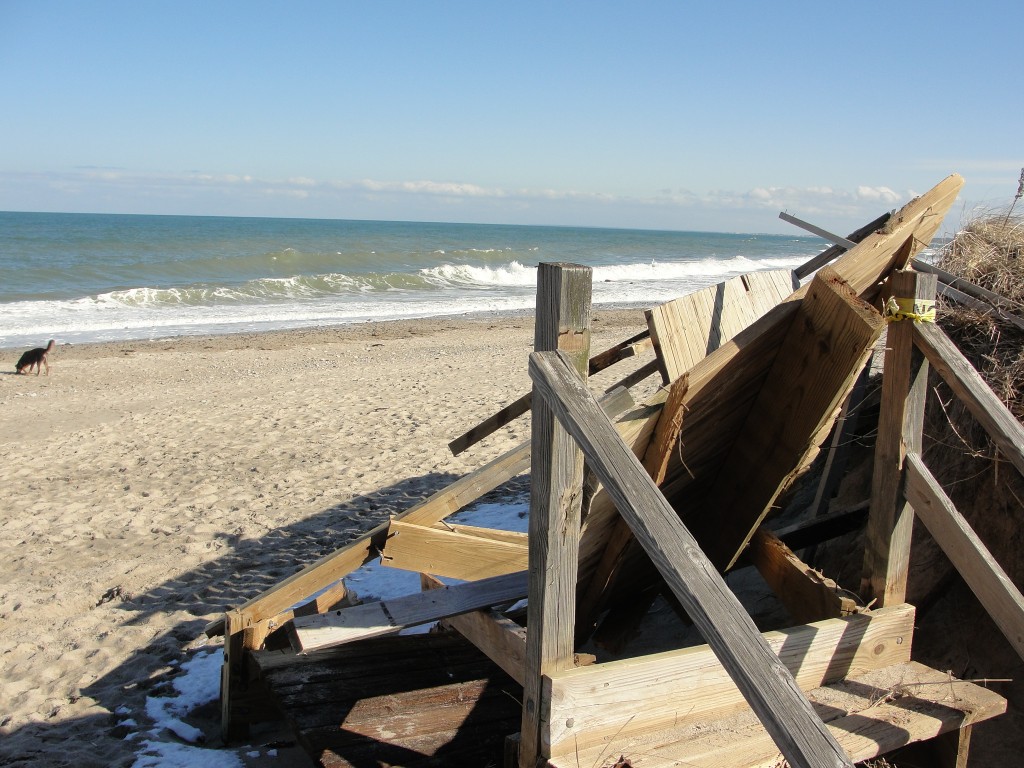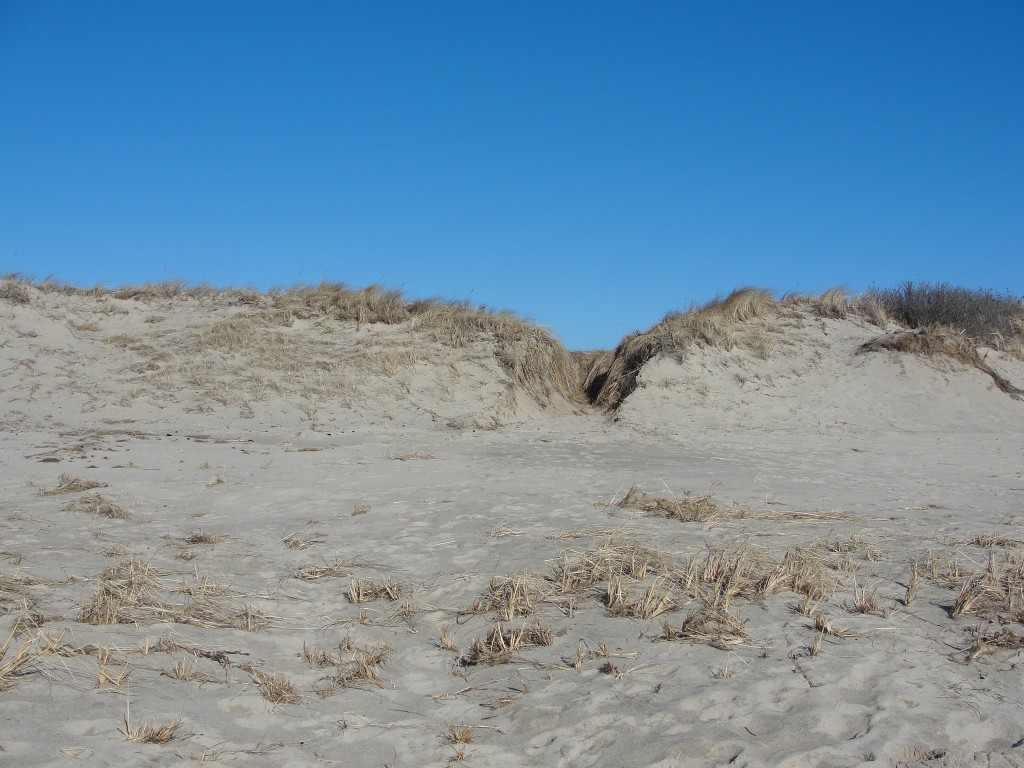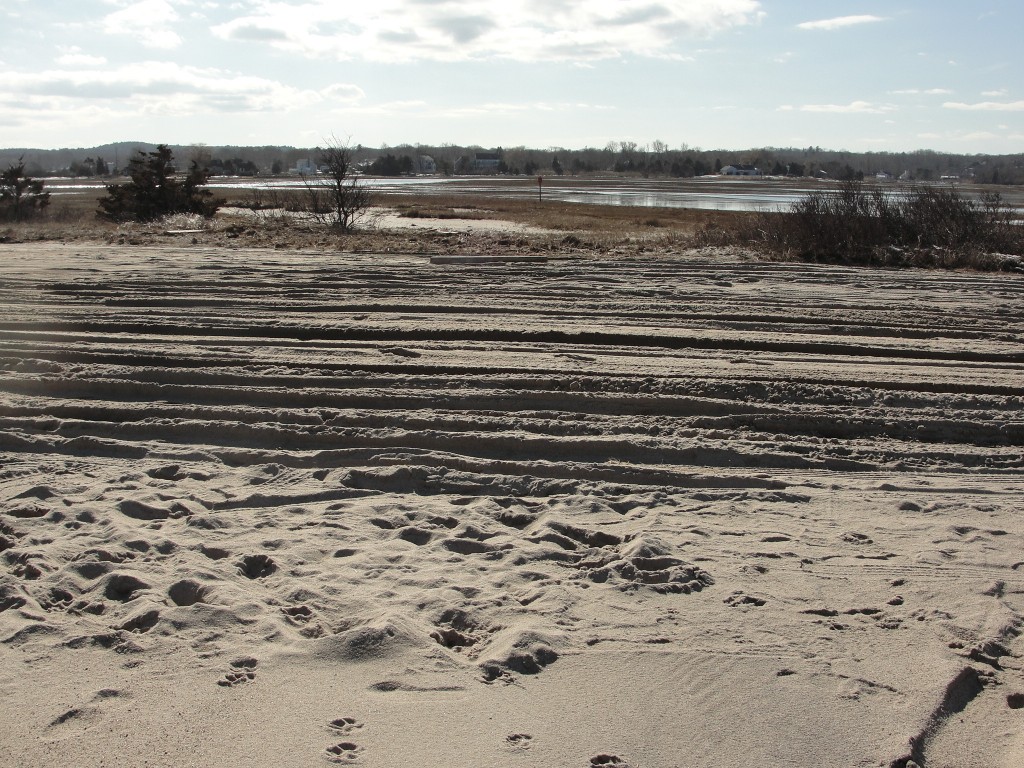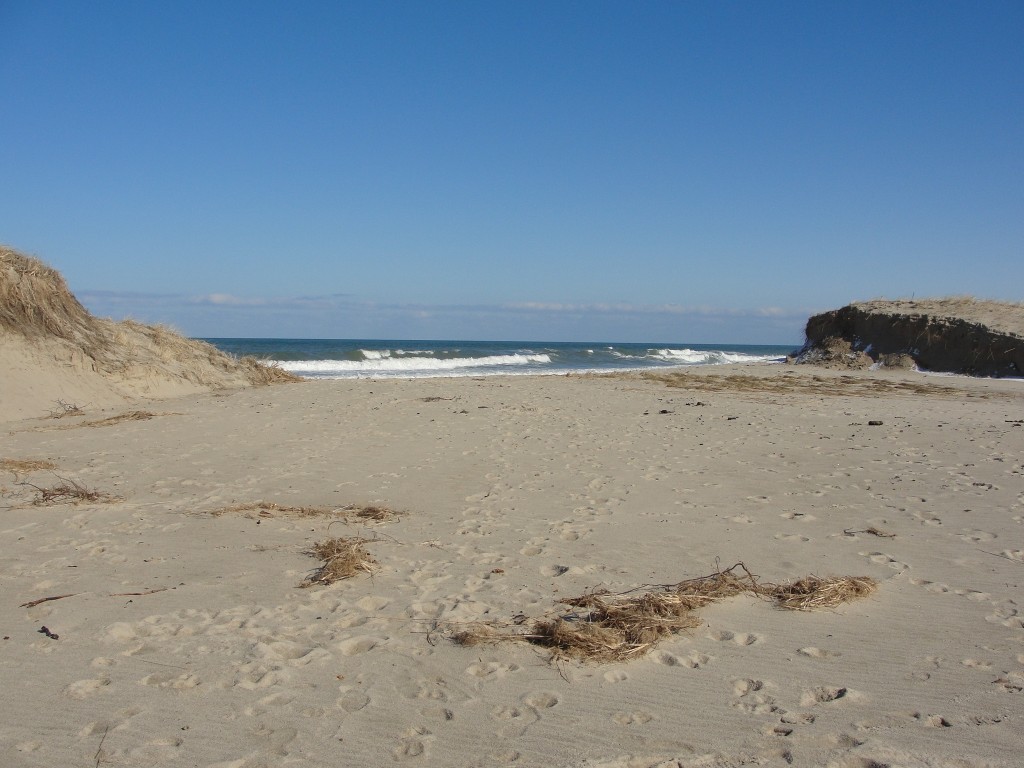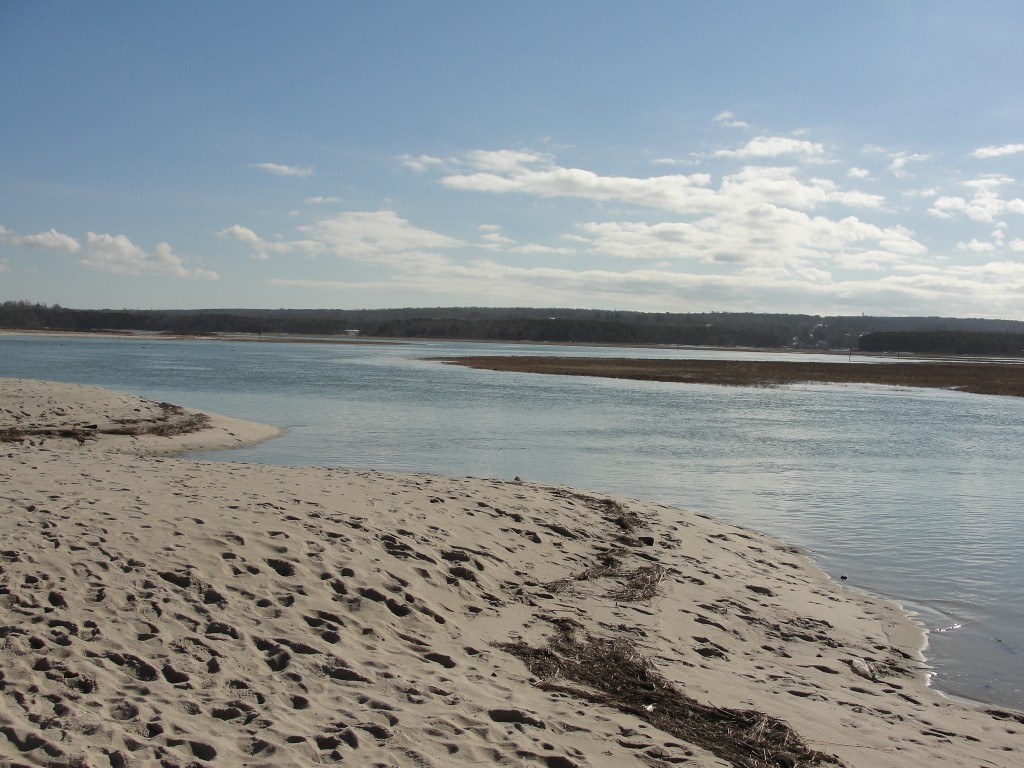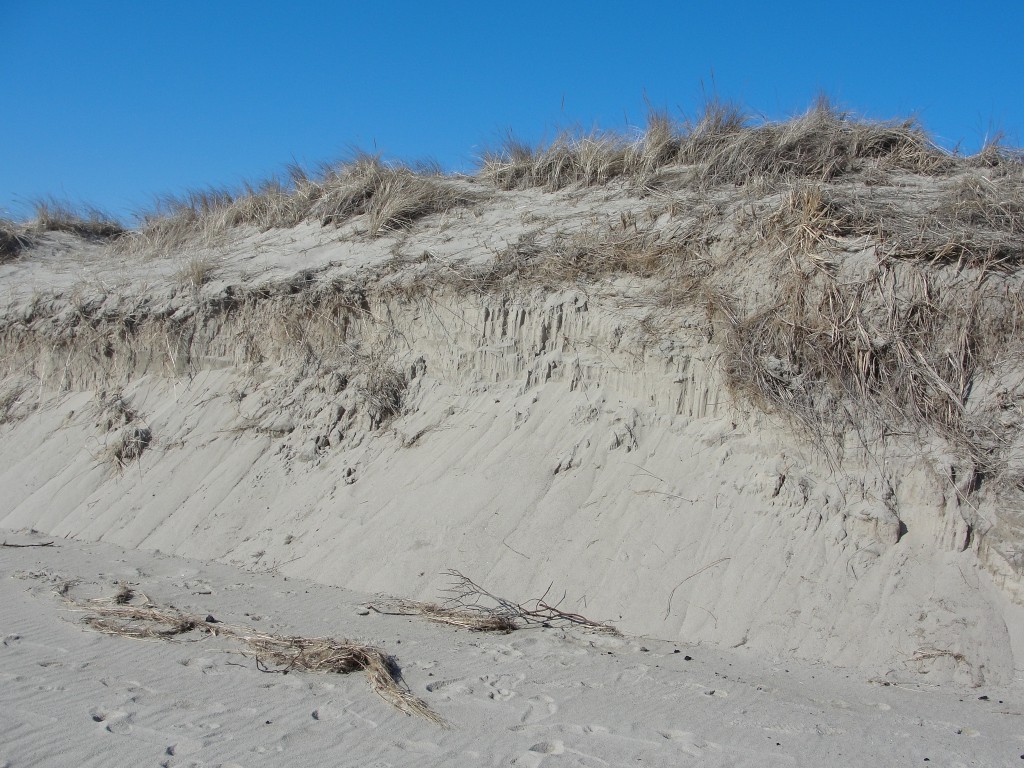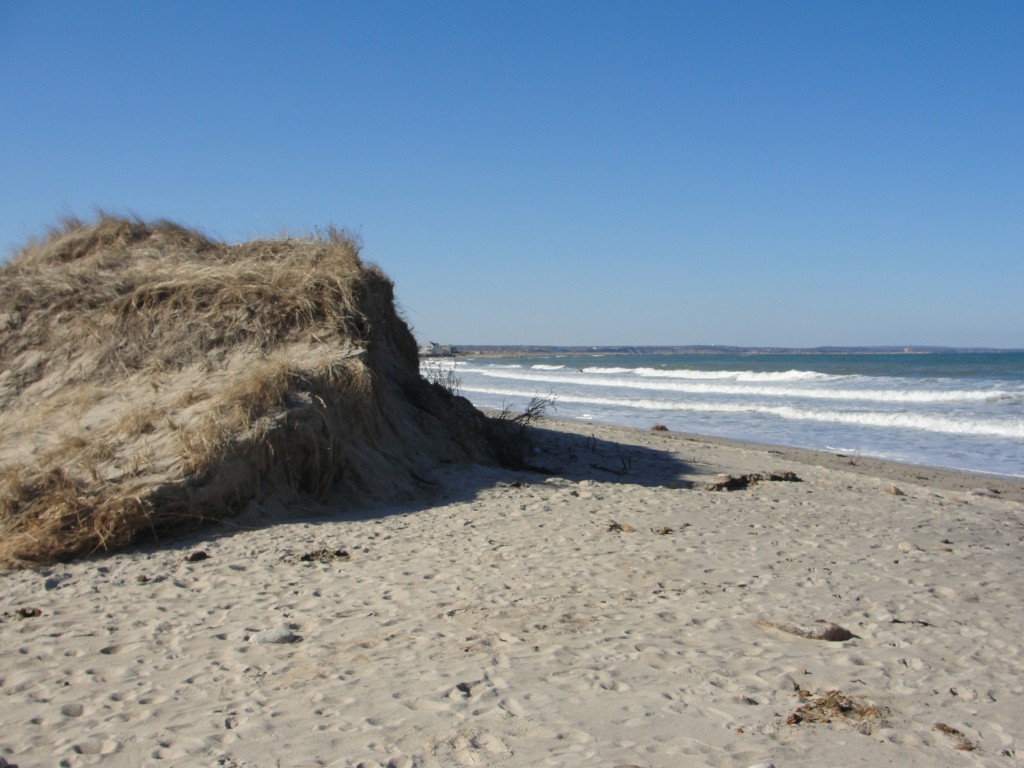Every winter we get a few birds hanging around our area that are fairly rare but which appear as singletons with some regularity. For example, harlequin ducks, beautiful birds from the far north that usually winter off the rocky Maine coast, can be seen off the Cape in several locations almost every winter. There may be one or two that spend a good part of the winter by the canal jetty each winter and there always seems to be at least one seen at Nauset or Coast Guard Beach. I have seen them in both locations each winter for at least 10 years but just the one or two.
King eiders are another northern duck that seems to make a yearly appearance here on the Cape in the winter. Most often seen with the flocks of eider ducks in or around the Cape Cod Canal one can sometimes be seen off the outer Cape beaches or off Sandy Neck, which may be the same one seen by the canal. That’s a king eider smack in the center, hanging out with his common eider buddies.
Some years I spy one but for the last few years when a king eider has been reported at the canal I have missed it. This year reports have been coming in over the last few weeks that a very accommodating king eider drake was being seen daily by the herring run on the Wareham side of the canal. The weather was rough and I was busy and I enjoyed everyone else’s photos. Until yesterday. Yesterday we were heading to New Bedford so we had a chance to stop and see the bird.
As everyone else had mentioned, it was indeed, right there and easy to spot. I do not have a fancy camera so you can see how close the bird was. If you’re so inclined, go see it. One of these days it will leave but for now it seems quite content to hang out eating shellfish and crustaceans which are abundant in the canal, especially along the rocky jetties.

